Female Libido
- By Healthy Living Liberty Lake
- •
- 19 Sep, 2017
- •

If there is one complaint I commonly hear in women who have gone through menopause, it’s that they have no libido. We check hormone levels, balance the testosterone with estrogen and progesterone, make sure thyroid is optimized, but 50% of the time it still doesn’t help.
Now there’s a drug that has been released saying it’s the equivalent of “female Viagra.” But is it?
The drug is called flibanserin, with the trade name Addyl. The drug is supposed to make you be interested more often.
How exactly does it work?
According to the FDA’s website, only 8-13% of women who take the drug will experience any improvement at all in their sex life. And overall, women taking the pill will find that they have only one more “sexually satisfying event” every two months. That’s it!
But there’s a problem. Addyl is a drug that alters brain chemistry and, conveniently for drug companies, is meant to be taken every day. Side effects are significant; one in five women will suffer a serious side effect. By FDA order, the drug’s label will carry a bold warning that combining the drug with alcohol or certain drugs like birth control pills and drugs used to treat yeast infections can cause dangerously low blood pressure and a loss of consciousness.
There is also concern with how the drug got approved. The drug was submitted to the FDA and the FDA refused to approve it the first two times, as it stated it doesn’t work very well and has too many side effects. When presented a second time, it was refused again for the same reasons. But the third time, the drug company came up with a different plan. The data was the same, but this time they spent a lot of money on a heavy lobbying campaign for the drug, accusing the FDA of sexism if they don’t approve the drug. So, the FDA caved and approved it. Nice to hear they’re protecting us!
Dr. Adriane Fugh-Berman of Georgetown University studied the drug’s marketing campaign. She stated, “The company already has a history of unethical marketing. If approved, this drug will be widely prescribed, and we would see an epidemic of adverse side effects.” Furthermore, she says, “This may set a precedent of risky drugs being approved based on public relations campaigns rather than science.”
Low libido will not be helped with this drug, and indeed the drug may cause many dangerous side effects. Sexual desire is very complicated, and is determined by many issues, such as psychological, stress, relationships, overall health, energy levels, toxicity, and hormonal balance.
See an anti-aging physician to get to the root cause.
By Dr. Susan Ashley, M.D.

By Dr. Susan Ashley, MD

By Dr. Susan Ashley, MD
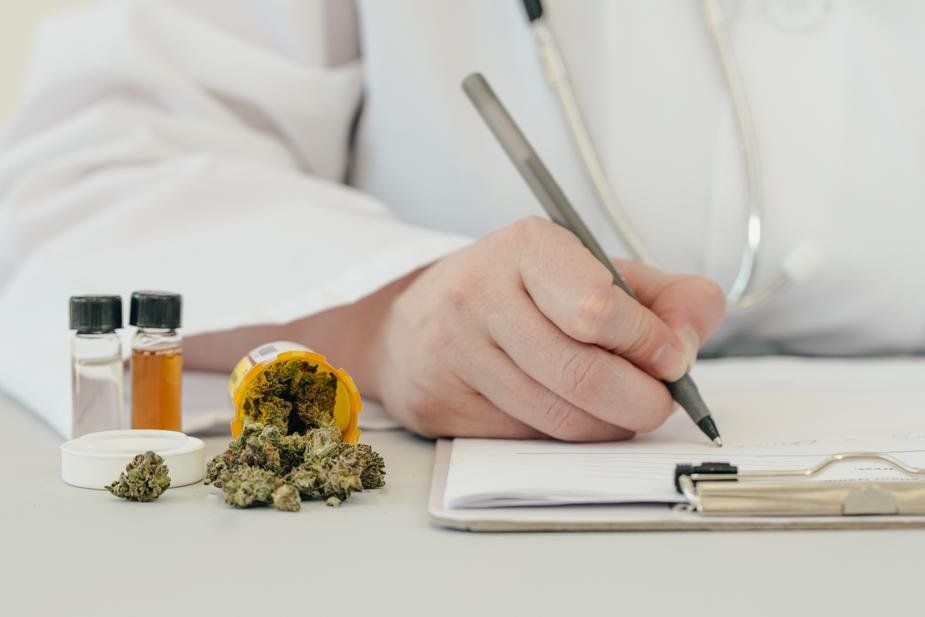
Opiates taken long term also leads to a reduced pain threshold, meaning a person on them will feel pain at a much earlier level than someone else.
There's a lot of interest now in using cannabis to reduce chronic pain, and studies have shown they can be quite effective for neuropathy, migraines, spasticity and joint pain.
However, it doesn't always work, and now a new study shows why.
Then at the end of the 4 years, the people who used cannabis for pain had greater pain severity scores They also found that the meds and other remedies taken for pain were less likely to be effective. In addition, they had greater generalized anxiety disorder severity scores. The bottom line-- the cannabis users were not able to decrease the use of narcotics. Why?
Because of the well known fact that chronic narcotic use decreases pain threshold. In fact in some people the threshold becomes so low that even minor pains can seem intolerable. In essence, the narcotics cancel the pain relieving effects of the cannabis.
Chronic opiates should be avoided as much as possible in chronic pain. Tolerance develops quickly, addiction can occur, and pain threshold is lowered. If you have chronic pain, use other modalities first to try to alleviate the pain. This includes cannabis, acupuncture, anti-inflammatory drugs, weight loss, energy medicine, and stem cells. We have used IV stem cells for reduction of neuropathy pain with good effects.
By Dr. Susan Ashley, MD
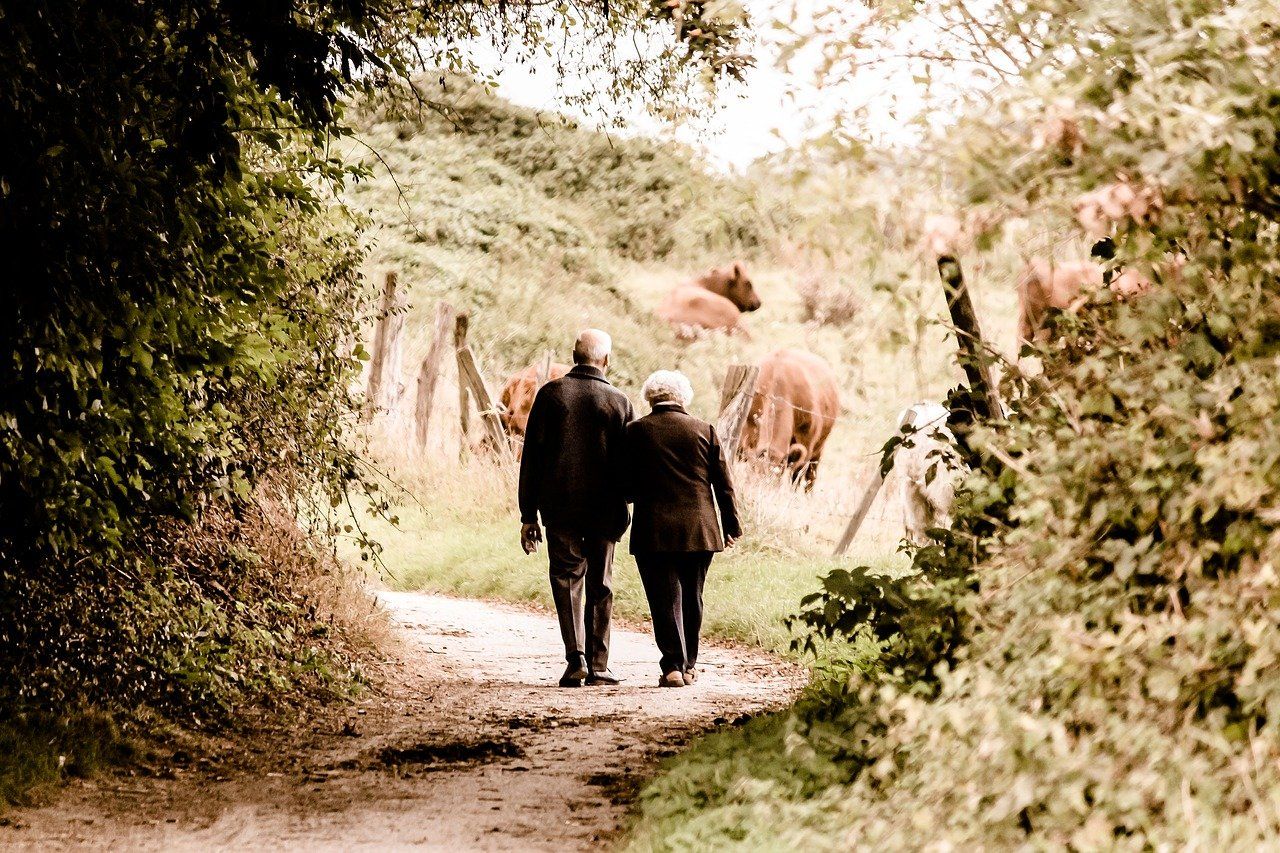
Not only that, but those who walked at a fast pace reduced their risk of death even further, by 24 percent.
All it took was putting one foot in front of the other a little more quickly!
And when the researchers zeroed in on cardiovascular disease deaths among participants over age 60, the results were even more striking.
Compared to the slowest walkers, average-paced walkers slashed their risk of dying from cardiovascular disease by 46 percent -- and the fast-paced walkers slashed it by a whopping 53 percent.
Now, the study didn't determine exactly how walking at a faster pace can add years to your life. And how fast do you have to walk just to hit the "average" mark? How brisk is brisk?
In the study, a "fast" pace was defined as one that makes you slightly out of breath or sweaty when sustained. That could vary depending on how much you weigh, how much sleep you got, how much you ate earlier in the day, etc. So there was no exact speed such as 3 mph or 4 mph.
By Dr. Susan Ashley, MD
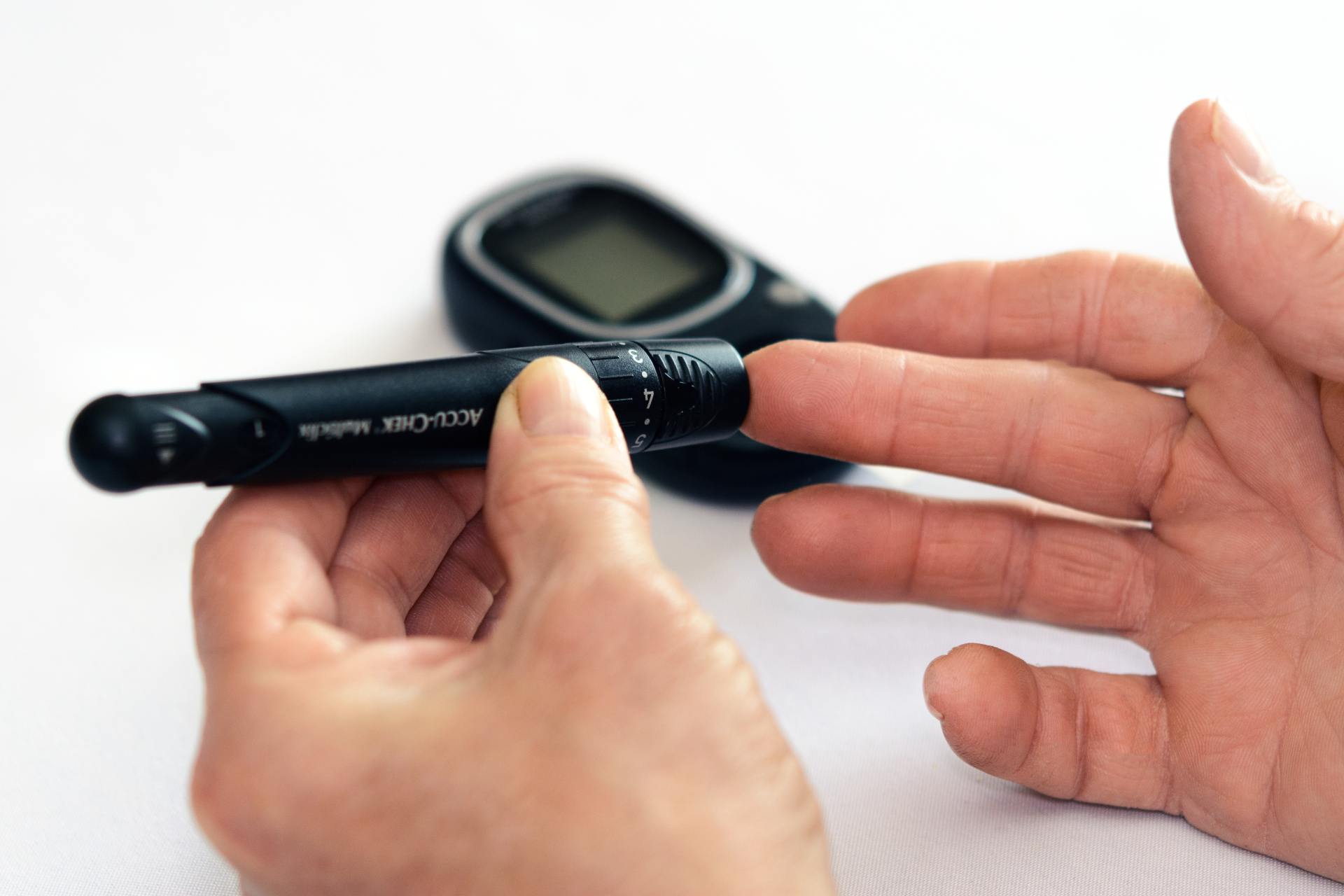
By Dr. Susan Ashley, MD
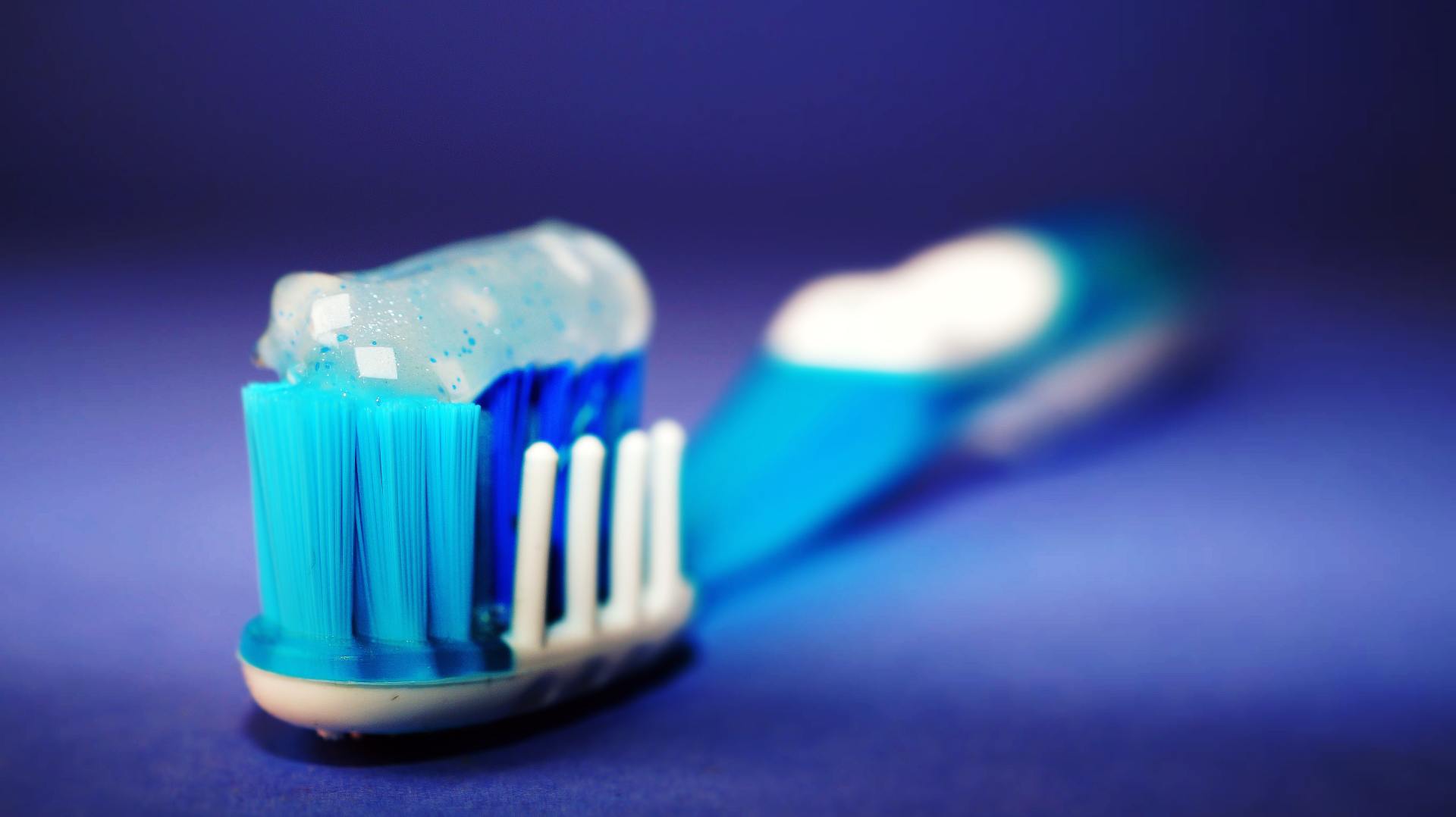
Side effects of triclosan include:
- About 1/2 cup coconut oil
- 2-3 Tablespoons of baking soda
- 2 small packets of stevia powder
- 15-20 drops of peppermint or cinnamon essential oil
- 10 drops myrrh extract (optional)
Natural Toothpaste Instructions
- Melt or slightly soften coconut oil.
- Mix in other ingredients and stir well. If using semi-hard coconut oil, use a fork, if not, use a spoon. If you are using completely melted coconut oil, you will need to stir several times while the mixture cools to keep the baking soda incorporated.
- Put mixture into small glass jar (I make different ones for each family member)
- Let cool completely.
- To use: dip toothbrush in and scrape small amount onto bristles. Could also use a small spoon to put on toothbrush.
By Dr. Susan Ashley, MD

By Dr. Susan Ashley, MD

By Dr. Susan Ashley, MD
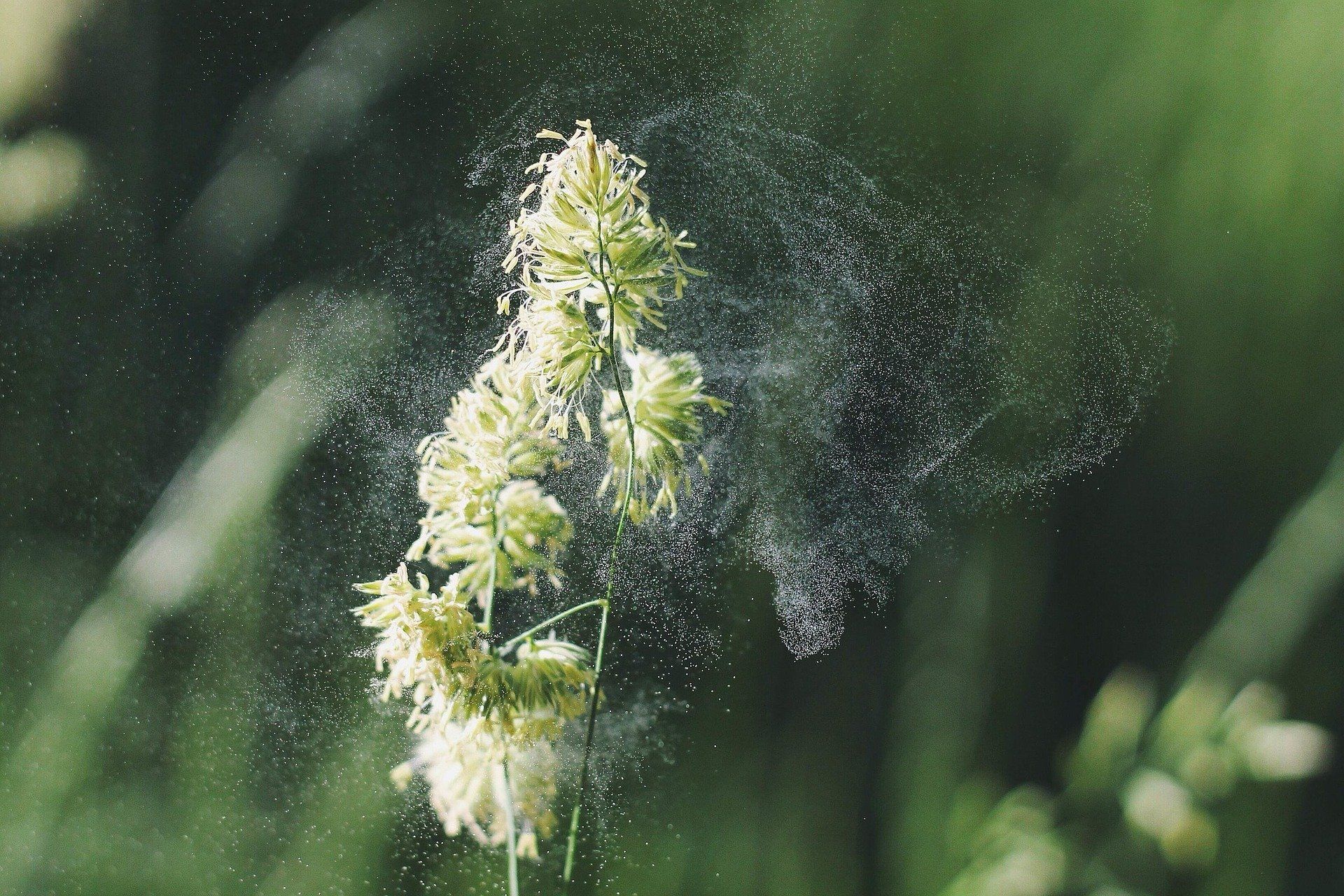
By Dr. Susan Ashley, MD
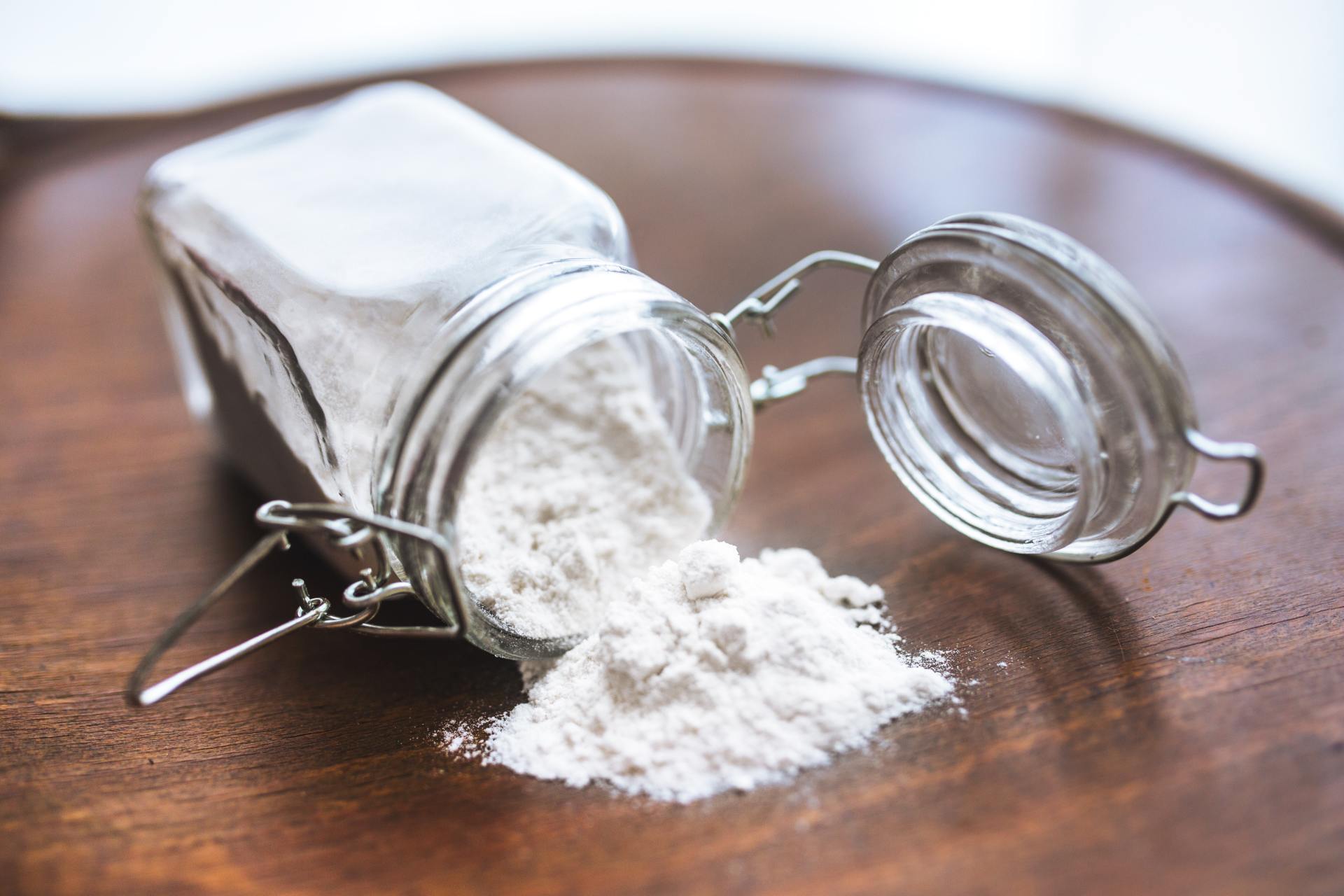
By Dr. Susan Ashley, MD
